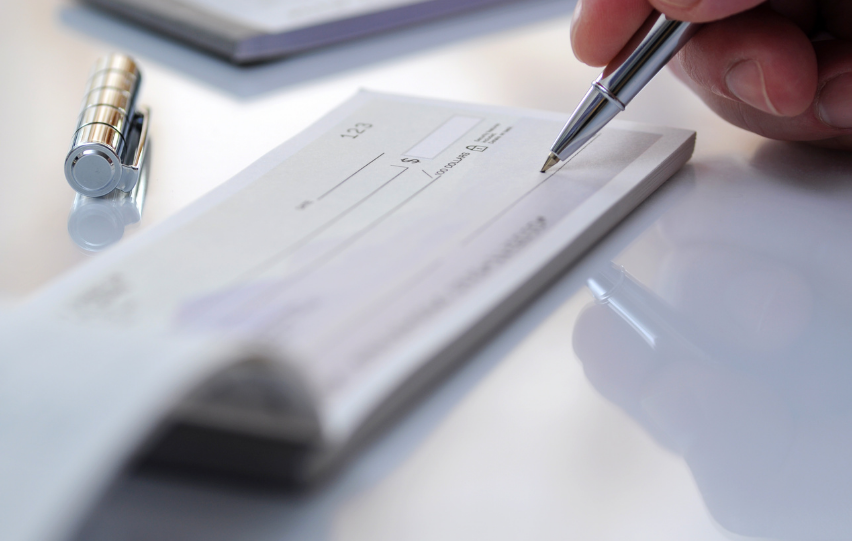Some things in life require a checking account. Some landlords require you to issue post-dated checks as part of the agreement. This payment option lets you safely carry around money without actually carrying large amounts of cash.
With the convenience offered by checking accounts, you might be interested in getting one. If you are a student, you may be wondering if you can get one even while you are still in school. The short answer is yes, you can get one, and it is called a student checking account.
However, you may also be curious as to what makes this option special. To know more about this financial offering, here are some of the most important details about this type of account.

What is a Student Checking Account?
The first thing you need to know about this account is that it is simply like a normal checking account. However, because it is catered to students, it offers lower minimum amounts and lower fees. Some even offer a maintenance fee waiver or discount to help students manage their checking accounts.
You can expect regular non-student accounts to have higher fees and maintaining balances, which can be unmanageable for students. Nevertheless, student and non-student accounts work similarly.
They both need a connected debit account in which you can deposit money. This is where you will get cash for the checks you will issue.
Aside from getting more manageable rates for students, both types of checking accounts can minimize the fees they will pay by making direct deposits. You can also avoid fees by maintaining a daily minimum balance.
The Advantages of Having this Account
The thing about student accounts is that some financial institutions offer such accounts to college students for free. However, regular fees will apply after they graduate.
You can get a checkbook and a debit card. A student checking account also lets you make and receive electronic deposits. So, you can receive important funds through these accounts without too much waiting.
You can also set up an automatic billing payment using this account. You can do this using the mobile banking app provided by the financial institution of your choice. Lastly, these accounts enable unlimited transactions without bringing actual cash.
How to Apply for a Student Checking Account
The first thing you need to do when thinking of applying for this account is to determine whether you are eligible for the service. Because this is catered to students, you should be able to show proof of being enrolled in a school. A student identification card may also be required.
Some banks also require applicants to be within a certain age range. Usually, the eligible age ranges from 17 years old to 24 years old. Make sure to take note of this requirement before applying. If you are required to deposit a minimum amount, then you should be able to do so.
Keep in mind that you may need to pay fees during the application. Some of these are regular fees. However, with the right management of your account, you can avoid paying these fees, especially as banks give considerations to students.
To know what techniques you can use to minimize the fees, you can ask the bank. Make sure to take note of the minimum number of purchases and a minimum amount of purchases per month.

The Bottom Line
Getting a student checking account can be a great decision, especially if you manage it properly. With various considerations given to students, you can rest assured that you can minimize your fees and maximize the benefits of using your account.













